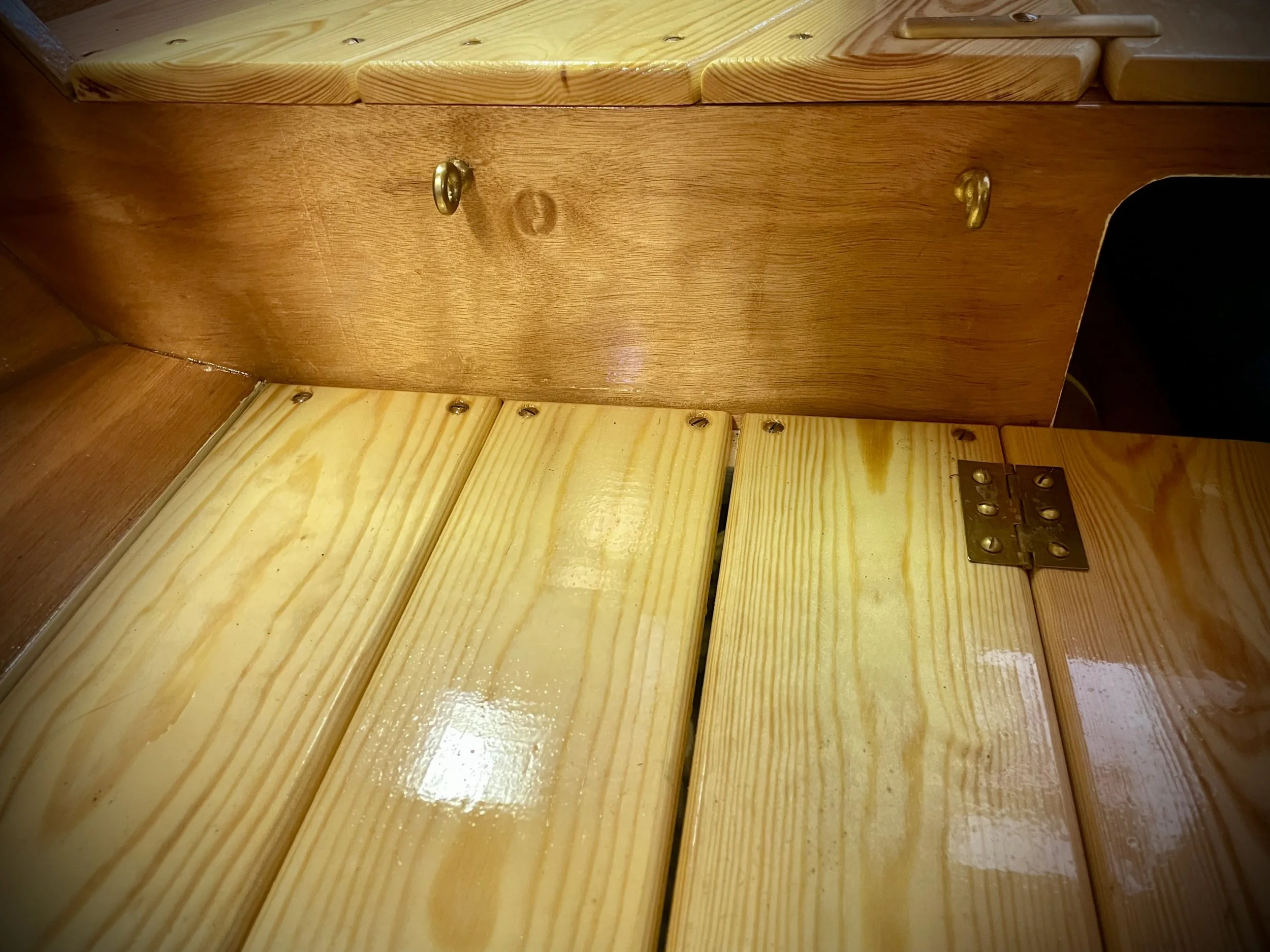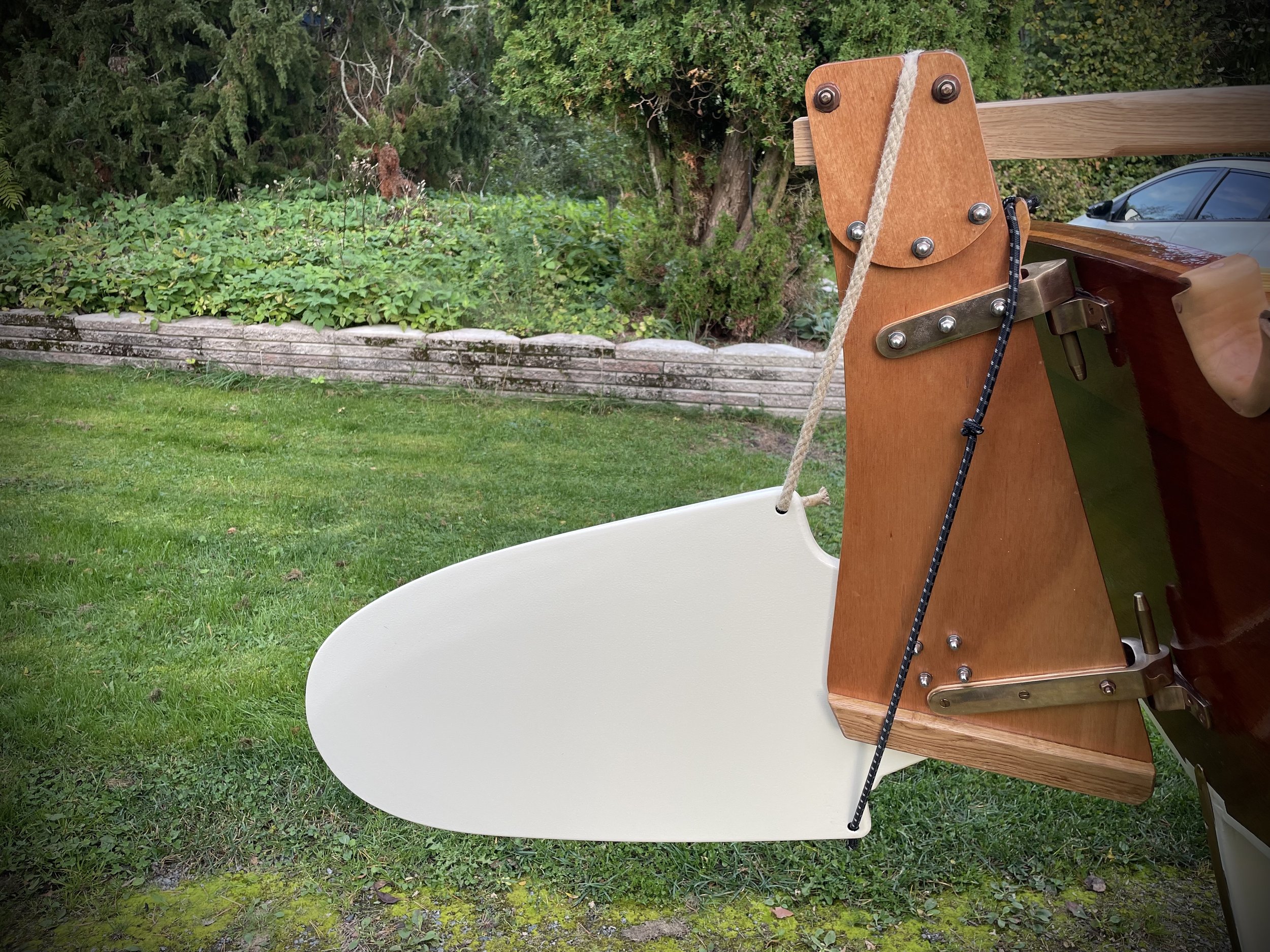Afternoon sailing
Finally we could spare a few hours for messing around with boats. Albert was visiting us, with family, we got dispense for afternoon sailing.
We launched Louve in my local harbor. The wind was blowing (somewhere) but it was dead calm in the harbor. We set sail and decided to sail against the wind, North, towards Rosättra. The plan was to land there, watch boats, eat snacks and sail back.
We almost got there. The wind was very weak so we cheated and used the engine for a while. After Vätöbron it started to blow properly, as usually there. We beat some more, Albert managed to land sheets-block on his head with powerful blow! (I need to replace it with a shingle really).
Almost reached Rosättra but the time was up to sail back.
Going dead with the wind which by then stiffed properly. We had too much canvas up so Albert moved closer to me, aft, to balance the boat.
The ride was premium, not to mention a few uncontrolled jibes.
I got rewarded by a photo of me getting out of one of these.
Retrieving Louve went rather bad - the boat went up skewed on the trailer, regardless of our efforts. And then she fell from bottom rollers, damaging a bit keel plank. Need to fix that.
Albert pointed that it may be due to the engine hanging from stern, being relatively heavy and far to the port. That makes sense, next time I’ll try without it.












